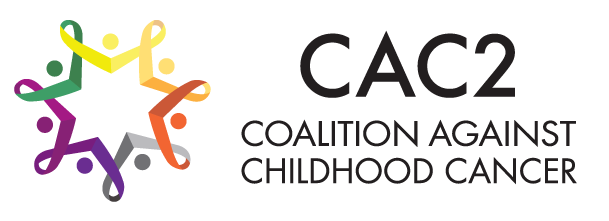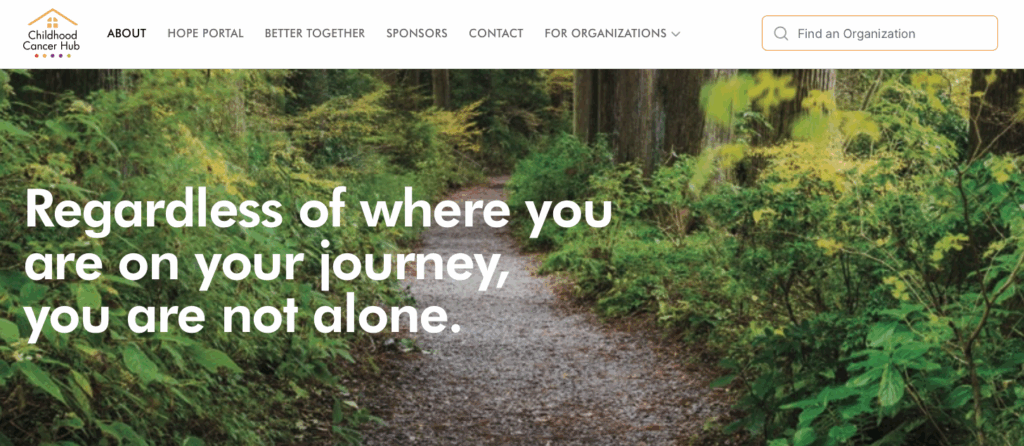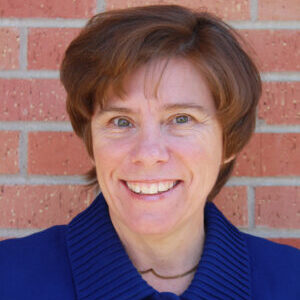By CAC2 Staffer Bethany Lieberman
This is the first blog in a two-part series. This post addresses the needs of children impacted by an education interruption due to a rare disease, like childhood cancer, from diagnosis through survivorship. The second post focuses on how childhood cancer affects the academic success of school-aged siblings.
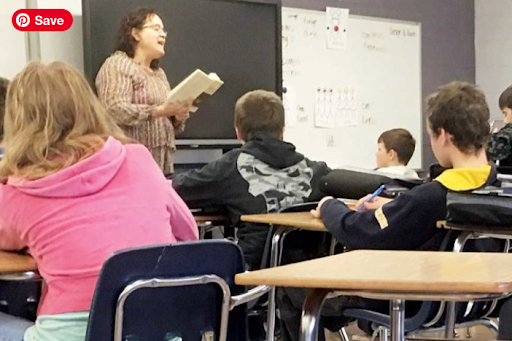
When I was in elementary school, I was cast as Cinderella in Mrs. Pearlman’s first-grade school play. I was excited to take on the lead role, but I also felt nervous because I would have to kiss Larson Guennes, who was cute and popular —and now my handsome prince. Even at seven years old, I knew this was a big deal because everyone had a crush on Larson.
Sadly, three weeks later, I was admitted to Boston’s Mass General Hospital with an extremely rare disease, and my understudy, Vickie Haptenstal, was now rehearsing as Cinderella. My desk was vacant, and Vickie, not me, was going to kiss Larson. That was all I could think about – the kiss I would miss.
My family was focused on something else – my diagnosis. Dr. Ganz, my pediatrician, told my family 53 years ago that I had a serious case of ITP. This disease currently affects only 3,000 children under the age of 16 annually in the United States. I was bleeding internally. He asked if we had anyone who could perform last rites for me, if the time came. My terrified family did not know where to turn for helpful information or support resources.
Fortunately, I defied Dr. Ganz’s prognosis. Returning to school after twelve weeks had its disappointments (missing the play, missing the kiss) and challenges (catching up on assignments). Mrs. Pearlman eased my return to school, and I was happy to reconnect with my friends.
Most first-graders recently returned to school and are not yet excited about an upcoming school play because it is too early. They are still sharpening new pencils, settling into class, and making new friends. For those navigating rare diseases, including childhood cancer, the start of school means something completely different.
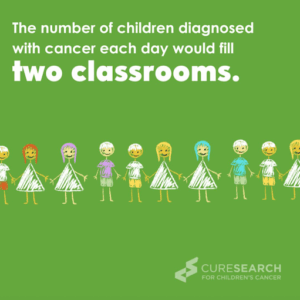
Teachers nurture the intellectual, emotional, and overall growth of all students from elementary through high school; thus, childhood cancer patients often find solace and a sense of normalcy when they return to school. However, this often comes with challenges: parents and caregivers need to be aware of developmental milestones and potential unexpected difficulties.
When a care team includes doctors, parents, caregivers, and educators, and they work together to support a child, the return to school provides a sense of connection and community. Offering flexible schedules, homebound instruction, online education, hospital classroom instruction, and private in-home tutoring can help maintain educational continuity when a child is too ill to attend school. Likewise, offering shorter assignments and replacing gym class with rest periods may help these students avoid feeling overwhelmed.
Even as a child moves further away from active treatment, the effects of that treatment may not fade, and in fact, may unexpectedly develop or worsen. The lasting effects of surgeries and treatments can be difficult for children in the school setting. Allowing extra time to transition between classes, offering frequent breaks to ease fatigue, and providing assistive communication technology can create inclusive learning environments.
The Individuals with Disabilities Education Act requires schools to create Individualized Education Plans (IEPs) for students with learning disabilities resulting from conditions, including rare diseases and childhood cancer. IEPs document individualized learning goals, necessary accommodations, and needed support services, such as allowing more time for tests and assignments, breaking tasks into smaller steps, or offering alternative ways to assess learning that suit the child’s needs.
A 504 Plan is another helpful tool to address post-treatment challenges. This plan is part of the Rehabilitation Act of 1973, a federal civil rights law. Like an IEP, this written plan provides accommodations that guarantee children with disabilities have equal access to their education within the general education environment. A 504 Plan helps a student access the same curriculum as their peers, while an IEP includes individualized goals and specific instruction to help a student make meaningful educational progress. Learn more about each plan and the key differences here.
Additionally, school-based occupational therapists can work with children to improve fine motor skills, address sensory issues, or address other challenges that may hinder their academic performance. A child who underwent treatment for acute lymphoblastic leukemia (ALL), for example, may experience loss of deep tendon reflexes, paresthesias, weakness, or changes in fine motor control, such as poor handwriting, and might benefit from occupational therapy sessions to improve their handwriting or keyboarding skills.
Diagnostics, treatment, and survival rates for rare diseases have improved significantly since I was a child. Today, support resources are easily searchable online for families, ranging from financial assistance and transportation to psychosocial support, wishes, comfort items, adaptive equipment, and educational resources. The Coalition Against Childhood Cancer’s (CAC2) Childhood Cancer Hub (CCH) features the Hope Portal directory (HP), which contains over 400 resources for children in treatment. One listing, Friends of Kids with Cancer, provides educational, emotional, and recreational support needed as a result of chemotherapy, illness, and isolation. Another, Joey’s Wing Foundation, collaborates with Tutors for Hope to provide free tutoring by Zoom for children battling cancer.
The CCH also houses the Better Together (BT) directory that lists over 200 resources for survivors of childhood cancer. For instance, the ASK Foundation serves families in Virginia with academic support that includes a preschool program, afterschool tutoring, an educational toolkit, individual tutoring, summer enrichment camps, a graduation ceremony, and scholarships. Their services also include educator and survivorship conferences.
Visitors can search the HP and BT directories for the resources they need, such as educational materials. Additional educational guidance and planning resources for childhood cancer survivors are also available within CAC2’s Survivorship Toolkit.
Teachers, school staff, and friends collectively contribute to creating a supportive environment for kids with cancer. Having these compendia to help them identify additional community resources helps these dedicated and caring educators create supportive and understanding classrooms that ensure all children can follow their dreams. We celebrate all educators who understand the physical, emotional, and academic challenges cancer kids face. Together, let’s welcome and encourage kids facing rare diseases, giving them hope—the chance to imagine—and work towards a brilliant future.
(P.S. While I spent nine years in school with Larson, I never did get to kiss Cinderella’s handsome Prince. Geoffrey Miles, on the other hand, that was a real first kiss that I will never forget.)
